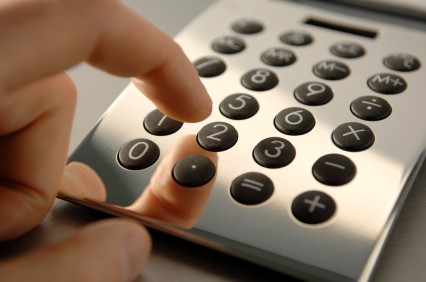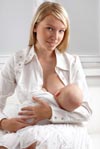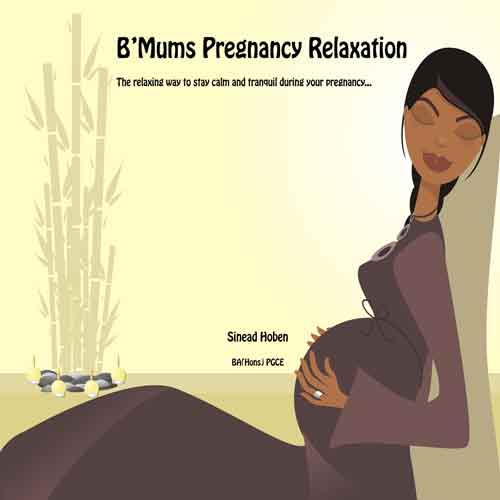Treatments for Sore Nipples and Sore Breasts
1. “All purpose nipple ointment” (APNO)
This combination of 3 ingredients seems to help for many causes of sore nipples, including poor latch, Candida (yeast), dermatologic conditions, infections of the nipple with bacteria and possibly other causes as well. It is always good, however, to try to assure the best latch possible, because improving the latch helps with any cause of pain.
mupirocin 2% ointment (not cream): 15 grams
betamethasone 0.1% ointment (not cream): 15 grams. If betamethasone ointment
is unavailable, mometasone ointment (15 grams) can be used instead. It is
better not to mix creams and ointments.
To which is added miconazole powder so that the final concentration is 2% miconazole. Sometimes it is helpful to add ibuprofen powder as well, so that the final concentration of ibuprofen is 2%.
This combination gives a total volume of approximately 30 grams. Clotrimazole powder to a final concentration of 2% may be substituted if miconazole powder is unavailable, but both exist (the pharmacist may have to order it in). I believe clotrimazole is not as good as miconazole, but I have no proof of that. Using powder gives a better concentration of antifungal agent (miconazole or clotrimazole) and the concentrations of the mupirocin and betamethasone remain higher.
The combination is applied sparingly after each feeding (except the feeding when the mother uses gentian violet). Do not wash or wipe it off, even if the pharmacist asks you to. In Canada, Kenacomb (easier to find) or Viaderm KC (less expensive) ointments (not cream) can be substituted for the above combination, but are distinctly inferior. I used to use nystatin ointment or miconazole cream (15 grams) as part of the mixture, and these work well, but I believe the use of powdered miconazole (or clotrimazole powder) gives better results.
Any pharmacist should be able to make up this ointment, but not all want to. Not all pharmacies carry all the ingredients. If you are having difficulties, ask the pharmacist for the nearest compounding pharmacy.
2. Gentian violet for treating Candida is discussed in Handout 6: Using Gentian Violet See also Handout C: Candida Protocol
3. Grapefruit seed extract (See Handout C: Candida Protocol)
Grapefruit seed extract can also be used for treating Candida as well. It can be used directly on the nipples and/or orally. If used directly on the nipples, it should be diluted (5 to 15 drops, occasionally up to 25 drops, in 30 ml or 1 ounce of water), applied on the nipples with a Q-tip or cotton ball, allowed to dry, and then covered, sparingly, with the all purpose nipple ointment. By mouth, grapefruit seed extract can be taken as a pill, 250 mg three times a day.
4. Treatments for Raynaud’s phenomenon (blanching of the nipple)
Raynaud’s phenomenon is due to spasm of blood vessels preventing blood from getting to a particular area of the body. It occurs in response to a drop in temperature. Most commonly, Raynaud’s phenomenon will occur in the fingers, typically when someone goes outside from a warm house on a cool day. The fingers will turn white and the lack of blood getting to the tips of the fingers will cause pain. Raynaud’s phenomenon occurs more commonly in women than men, and is often associated with illnesses such as rheumatoid arthritis.
Raynaud’s phenomenon can also occur in nipples. In fact, it is much more common than generally believed. It can occur along with any cause of sore nipples, is, in fact, probably a result of damage, but it may also, on occasion, occur without any other kind of nipple pain at all.
Typically, Raynaud’s phenomenon occurs after the feeding is over, once the baby is already off the breast. Presumably, the outside air is cooler than the inside of the baby’s mouth. When the baby comes off the breast, the nipple is its usual colour, but soon, within minutes or even seconds, the nipple will start to turn white. Mothers generally describe a burning pain when the nipple turns white. After turning white for a while, the nipple may actually turn back to its normal colour (as blood starts to flow back to the nipple), and the mother will notice a throbbing pain. The nipple may go back and forth between colours (and types of pain) for several minutes or even an hour or two.
The treatment for Raynaud’s phenomenon is to fix the original cause of the pain (poor latch, Candida etc). Almost always, as the nipple soreness from another cause is getting better, so will the pain from Raynaud’s phenomenon, but more slowly. Fixing the original cause of the pain (improving the latch, treating Candida etc) should be the focus of treatment. However, some mothers no longer have pain during the feeding, or never had it at all. Indeed, some start having Raynaud’s phenomenon during the pregnancy. If the pain is mild, there may be no reason to treat, and reassurance is all that is necessary. However, in some cases it is worth treating, especially if severe, and especially if the pain during the feeding does not improve, as severe restriction of blood supply to the nipple may delay healing.
The first choice for treatment is:
• Vitamin B6. This has shown to work by trial and error, but it does seem to work. There is no scientific evidence that it works, but it does nevertheless. It is safe and will do no harm. The dose is 150-200 mg once a day for four days, followed by 25 mg/day once a day. The mother continues it until she is pain free for a few weeks. It can be restarted if necessary. If the pain resolves with the larger dose but returns with the smaller dose, you can go back to the higher dose. If you have been pain free for a week or two, try going off the vitamin B6. If vitamin B6 does not work within a few days, it probably won’t.
It is then useful to try:
• Nifedipine. This is a drug used for hypertension. One 30 mg tablet of the slow release formulation once a day often takes away the pain of Raynaud’s phenomenon. After two weeks, stop the medication. If pain returns (about 10% of mothers), start it again. After two weeks, stop the medication. If pain returns (a very small number of mothers), start it again. No mothers I am aware of took more than three, two week courses. Side effects are uncommon, but headache may occur. It is a prescription drug. The dose can be increased if 1 tablet is insufficient.
• Nitroglycerin paste. We no longer recommend it, as severe headache associated with its use is fairly common. It also does not work more than about 50% of the time.
5. Fluconazole for treating Candida is covered in its own Handout 20: Fluconazole
Questions? (416) 813-5757 (option 3) or drjacknewman@sympatico.ca
or my book Dr. Jack Newman’s Guide to Breastfeeding (called The
Ultimate Breastfeeding Book Of Answers
in the USA.)
Handout #3b. Treatment for Sore Nipples and Sore Breasts January 2005
Written by Jack Newman, MD, FRCPC. © 2005
This handout may be copied and distributed without further permission, on the condition that it is not used in any context in which the WHO code on the marketing of breastmilk substitutes is violated.




